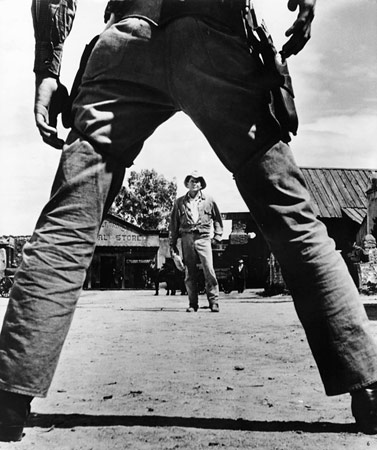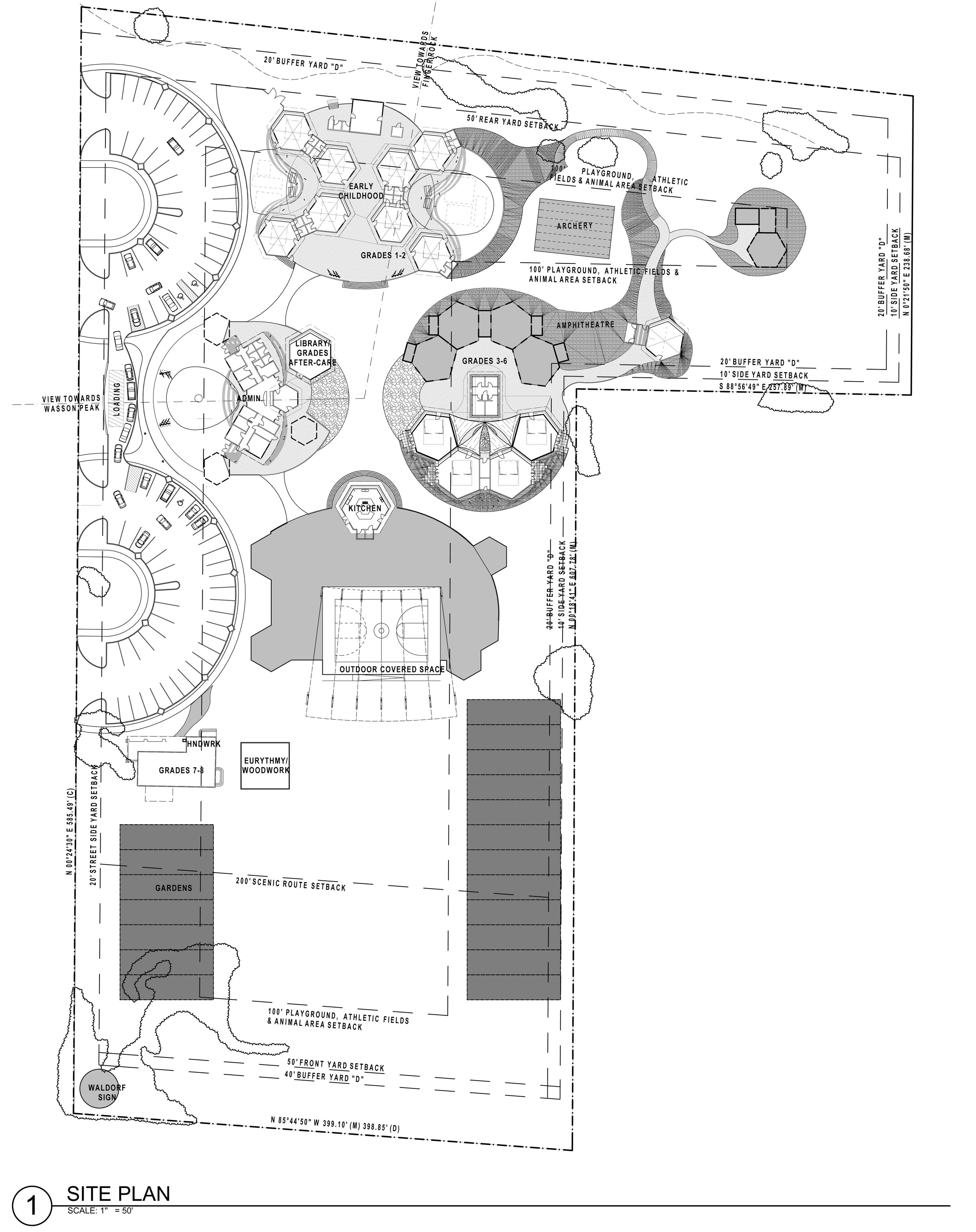learning environments: the flipped classroom
Nothing made me more bitter about school than lectures with the lights on.
Lectures with the lights off simply put me to sleep.
Neither contributed much to my education.
The flipped classroom is the answer.
Instead of doing individual work (listening and taking notes) in a group setting, the flipped classroom gives students group work (projects, discussions, games) in a group setting. The opportunity when we think about how to make the classroom experience truly meaningful: the classroom itself is no longer bound by the lecture model or configuration. No sage on the stage means no stage: the classroom is liberated from historic models and available for complete reconsideration. The question becomes: what can be done to make the classroom experience as visceral, as memorable, as impactful as possible? With a flipped classroom model, we can completely reconceive the classroom, stop thinking about it as a "room", and focus on environments that support and enhance profound learning experience.
Department of appropriate attribution: http://www.knewton.com/flipped-classroom/



























